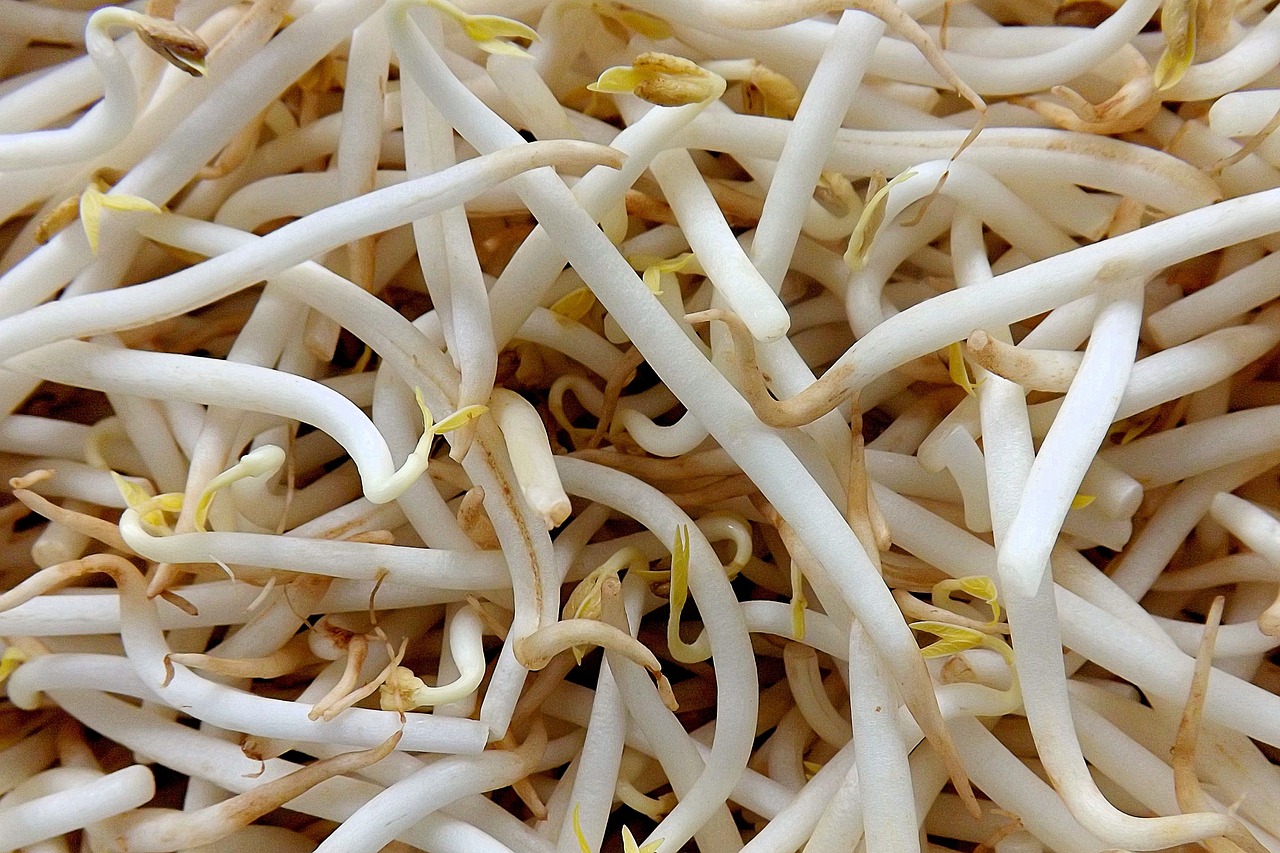

It takes longer, but we can patiently pan fry the noodles to achieve a tasty, healthy result. Those two factors are rather inconvenient to replicate at home, so we simply put in more time and patience. Restaurants are able to cook smokiness and intense aromas into the dish using super high heat and lots of oil. When you're pan frying the noodles, let them cook and crisp up, and don't move them around too much. Before frying them, it's best to steam the noodles rather than boil them, then dunk them in the hot water for just a minute. The ideal Cantonese style chow mein is not soggy, with aromatic crispiness here and there. An expert chef’s tip for perfect chow mein My dad talks about this in our video during Meal Time, but you can also buy the dried variety and boil it according to the instructions, cool it with water, and then proceed with our instructions as written. We prefer using fresh, unsteamed noodles, but all three types work great! If chow mein noodles are not available, any thin instant ramen will work too. The thin, chewy, eggy noodles are sold in three forms: fresh and unsteamed, fresh and steamed, and dried. They’re thinner than lo mein and have less egg content than wonton mein. Chow mein is the ideal type of noodle for the traditional flavor and texture profile we’re going for. We’ll want to use chow mein, also known as Hong Kong style pan fried noodles. These are Chinese egg noodles, and there are many, many different types, varieties, and brands that offer them.įor simplicity’s sake, here are three of the most common Chinese egg noodles: wonton mein, lo mein, and chow mein. We talk A LOT about this throughout the video, but we'll be using fresh, unsteamed Hong Kong style pan fried noodles. You can also check below for links to buy dark soy sauce online.Ĭheck out a quick story summary of our recipe! If you don’t have dark soy sauce, you can skip it and substitute it with light soy sauce which is generally easier to buy.

In Cantonese, dark soy sauce is known as “lóuh chāu 老抽,” which roughly translates to “old extract,” a reference to a longer aging process than its younger brother, light soy sauce, or “sāang chāu 生抽.” Dark soy sauce is also commonly mixed with mushrooms, caramel coloring, and molasses. It’s primarily during this final step where dark soy sauce differs from light soy sauce. Traditionally, Chinese soy sauce is produced by fermenting soybeans and grains, brewing with some sort of salt, purifying and pasteurizing, and then it’s either stored for further aging or bottled immediately for distribution. In Cantonese, soy sauce is called “sih yàuh 豉油,” and there are a ton of different names and variations of it across Asia. It has since become one of the most common and important ingredients in all of Asian cuisine. Much like congee and rice, soy sauce was originally developed to stretch salt, which used to be a very expensive commodity. Soy sauce dates back to around 2200 years ago during China’s Han Dynasty. You can certainly cook this with beef or anything else you'd like, but then the dish wouldn't be called "supreme soy sauce chow mein," it'd be called "beef chow mein."Įven if it's cooked exactly the same way, adding beef to the dish would overpower the aroma of the soy sauce. To allow that flavor to shine, supreme soy sauce chow mein is always served without meat. Its name is based on the most dominant ingredient: soy sauce.


 0 kommentar(er)
0 kommentar(er)
